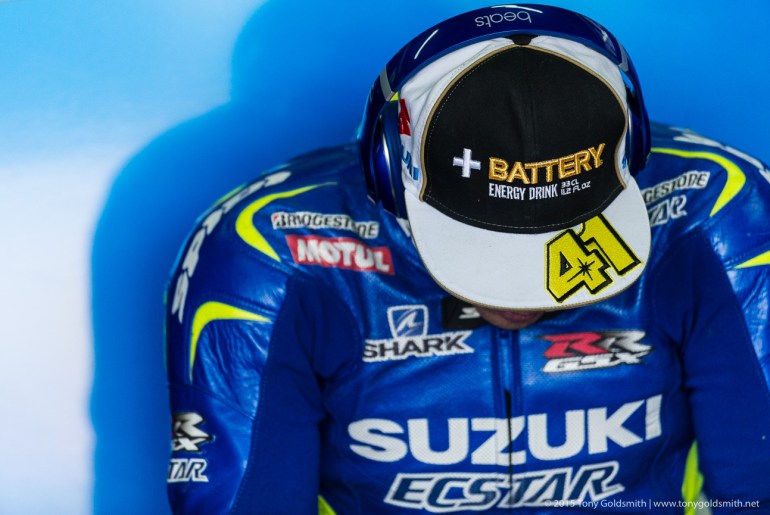It was the race we had been waiting for. We knew it had to be coming, but each time we thought, “this will be the race!” the magic dissolved into thin air after a few laps, and the race settled into a rhythm.
Not this time. From start to finish, four of the best motorcycle racers in the world – three of the best the world has ever seen, and one candidate to be elevated to that elect club – fought a close quarters battle for victory, spiced up with a dash of very serious consequences for the championship.
No more runaway victories, no more cat and mouse, no more stalking until the final lap. It was all-out war, from the moment the lights went out all the way to the checkered flag.
There was a rather keen irony that this race should be such a thriller. At Brno, at Misano, at Motegi, so often, the barnstorming race we had expected based on practice and qualifying failed to materialize once the flag dropped.
At Phillip Island, the question on everyone’s minds after Saturday night was more like how large Marc Márquez’s margin of victory would be, and whether the battle for second would last longer than a few laps. How very wrong we were, and how very happy would we be to have been proven so.
Jorge Lorenzo’s worst fears were confirmed from the start. On Saturday, he had been furious about Andrea Iannone’s using him as a target during qualifying, and stealing second place on the grid.
Iannone got the drag to the line and took off like a scalded cat. Lorenzo followed, and before the first lap was halfway done, we got a taste of what was to come. Lorenzo cut underneath Iannone at the Hayshed in a brilliantly audacious move at an unusual place to pass.
It would not be the last brave move. It would not even be the best. We were in for a treat.











